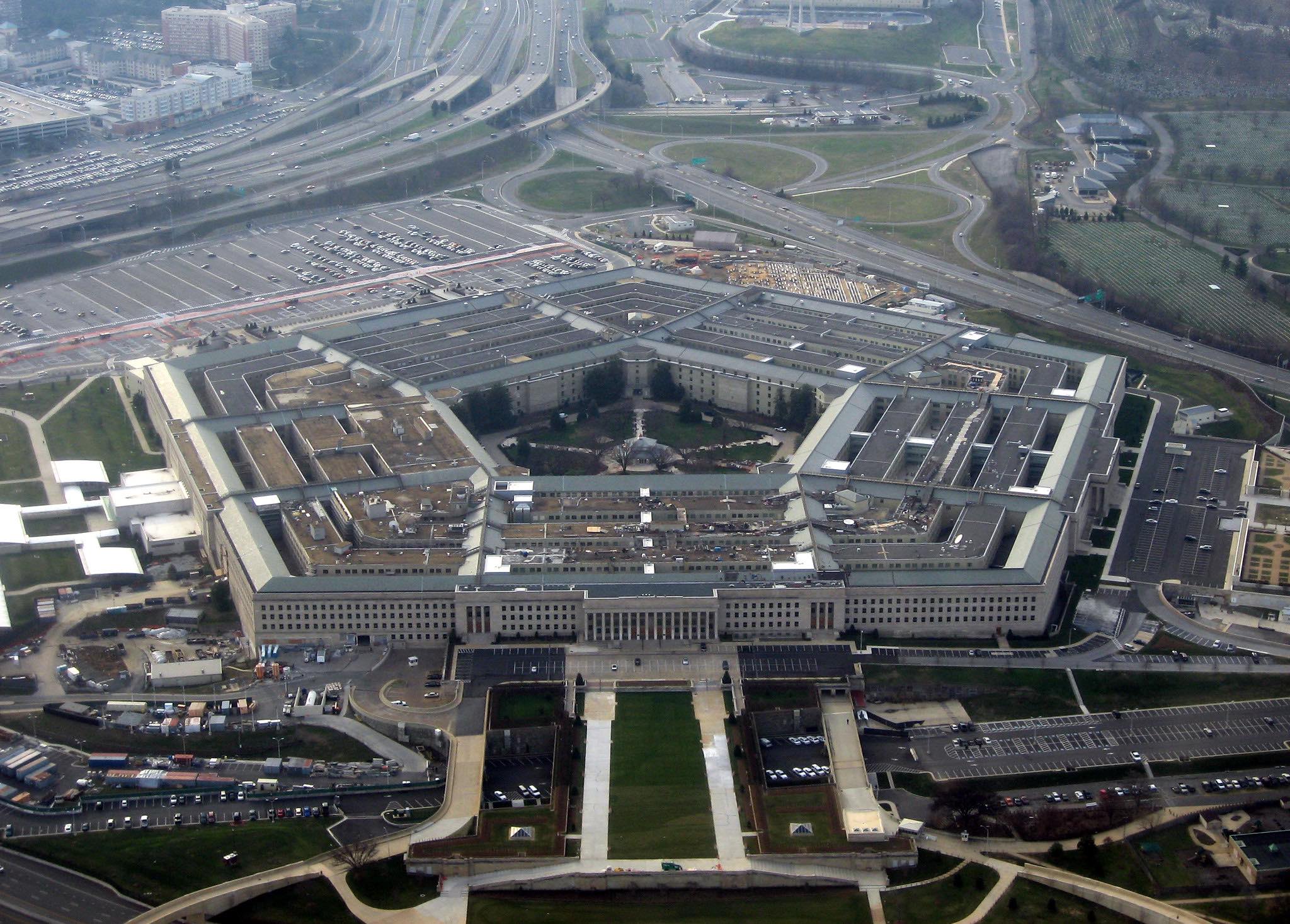Have a story idea
Have a story idea? Send it to us here.

Source : David B. Gleason, Flickr
January 26, 2023
Author : Alex Bustillos
One wing of the government that rarely faces budget cuts is the Department of Defense, headquartered at the Pentagon. Even as the nation's infrastructure is underfunded, with 43% of roads in poor or mediocre condition, military spending by comparison has escalated over recent decades.
The dilemma is all the more apparent with the glaring cases of misappropriation of funds and waste.
An audit conducted by the Government Accountability Office (GAO) found that the Pentagon cannot account for $220 billion worth of government-furnished property (GFP) provided to military contractors.
This enormous figure is an understatement, as this valuation has been derived from a 2014 report. But in 2016, the army told the auditors the actual numbers are different from what are shown in the books.
In November of 2022 the Pentagon failed a fifth straight audit after accounting for only 39% of its $3.5 trillion assets. However, the omnibus bill completed late last year gave the military $858 billion—a 10% budget increase.
The new Republican majority in the House of Representatives plans to cut discretionary spending to 2022 levels, thus reversing the December omnibus package. But some are already suggesting exempting the Pentagon from that belt-tightening.
In 2021, as cited by the Quincy Institute for Responsible Statecraft, Congress allocated $778 billion of tax-payers dollars to the Pentagon for developing nuclear warheads. The money allocated by Congress was actually $25 billion more than what the Pentagon had even asked for. If trends continue, the Pentagon might receive $7.3 trillion or more over the next decade, according to the Congressional Budget Office.
The Pentagon budget is massive and riddled with waste, ranging from massive overcharges for spare parts to weapons that are not needed but are being purchased at exorbitant prices.
The practice of overcharging the Pentagon for spare parts is not new. A recent Project on Government Oversight (POGO) investigation, for example, uncovered the wrongdoing of TransDigm, a military components supplier that the Department of Defense's Inspector General discovered overcharging the Pentagon up to 3,800% on ordinary products.
TransDigm could do so because, strangely, Pentagon purchasing procedures preclude contract officials from receiving accurate information on what any given item should or might cost the providing company to make. The Pentagon Inspector General's office has discovered over 100 overcharges by TransDigm alone, totaling $20.8 million. A thorough audit of all spare-parts vendors would likely uncover billions of dollars in waste.
The next level of Pentagon waste encompasses weapons that are not needed at unaffordable costs. Prime examples include the F-35 Combat aircraft, the Littoral Combat Ship (LCS), and one of the most dangerous weapons in the history of mankind, the nuclear-armed land missile, Ground-Based Strategic Deterrent, or GBSD.
When we talk about budgetary oversight by the Pentagon, we cannot forget the $40 billion that has been set aside as emergency supplemental funds for backing Ukraine in its war with Russia.
Politicians and donors in Washington have worked in recent months to block the creation of a permanent inspector general who can monitor the appropriation of funds to Ukrainian government agencies. This is a real problem, as monies sent to Ukraine, known for its high levels of corruption, are easy prey for war profiteers seeking to siphon off U.S. dollars.
The Pentagon and State Department, which manage the majority of expenditures for Ukraine assistance, both lack permanent internal watchdogs – the Pentagon has been without one for more than six years.
As “mission creep” or the escalation of objectives continues unabated by America's political class, it will likely fall upon the Pentagon brass or American citizens themselves to pull us back from the precipice of a wider conflagration.
Category : Federal Government International Market Watch
